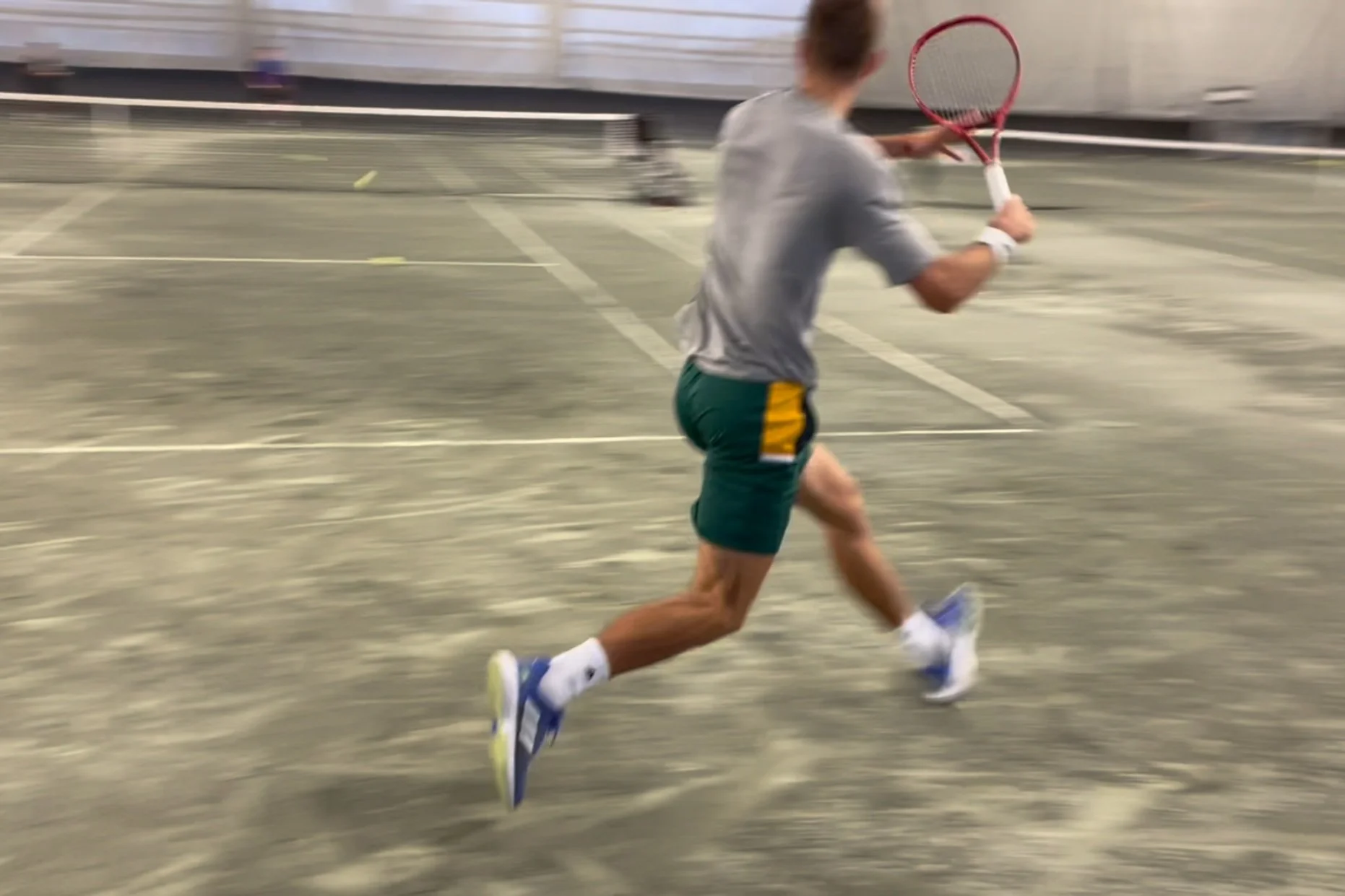A lot of instruction in tennis is coach-directed. And a lot of that is simply the addition of information. Whether positive or negative, this often includes verbal feedback, praise and prompting. There’s also non-verbal feedback like gesturing or modeling - in other words, the coach uses a bodily action to demonstrate what they are seeking from the player.
My take on this - it’s critical… but (and it’s a BIG but), it’s overdone….
Like many coaches, I work with a variety of players. This includes older teens looking to make the transition to pro, juniors that are still honing their skills, seniors that want an edge and pros climbing their way into the top 100. On top of that, it’s a mix of females and males.
This get me thinking (and contemplating) - is my on-court and off-court feedback impactful? Is it driving change? Or impeding it?
The ability to respond quickly and efficiently to an oncoming shot, is perhaps one of the most important qualities a tennis player must possess. This ability is predicated on a number of factors including anticipatory skills, perception skills - picking up cues from the other side of the net, judging the ball appropriately etc. - along with physical qualities, one of them being reactiveness. Further to that, it helps when a player has tremendous change of direction (COD) abilities. Why? Because the player that can recover more efficiently after their previous shot, has a better chance to not only better 'see' the next shot, but also has the ability to respond to that shot with less ‘emergency’ - a term many coaches use.
Bend your knees. Use your legs. Turn your shoulders. Extend your elbow at impact. Flick your wrists. These are just some of the verbal cues that we’ve all heard countless of times. Notice any similarities? Let me give you a hint...the focus of these instructions are directed exclusively towards a body segment or part. Is this type of feedback relevant? Does it help improve technique and ultimately, performance? Let’s take one of these examples and break it down. 'Bend your knees'. How does a player interpret this cue? I mean how low should I bend my knees? Is a 90 degree bend more or less effective than a 100 degree bend? On which type of shot? Should one knee be bent more than the other? As you can see, this cue can be interpreted in a number of different ways depending on the athlete and the context.





